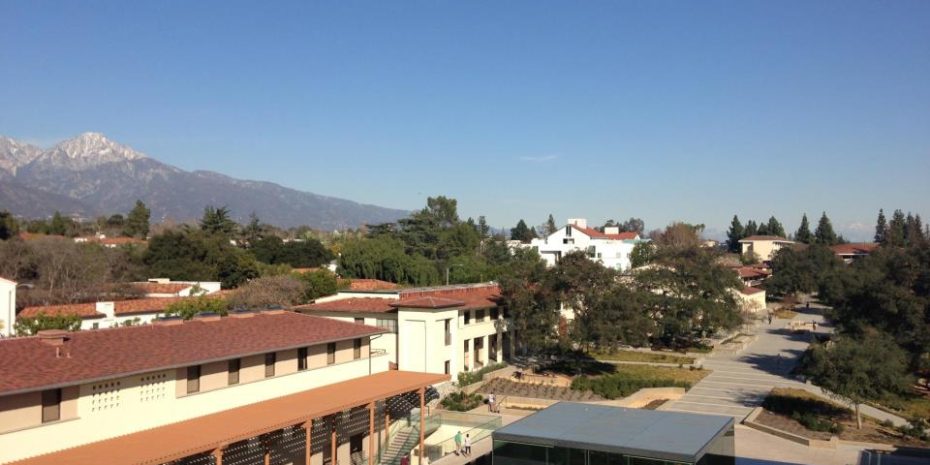June 3, 2014 will mark the second time that California has used the new top-two primary election system. When voters passed Proposition 14 in 2010, the hope was that new election rules would alter the behavior of legislators. Whether this has happened is the subject of study and debate. Rose Faculty Fellow Andy Sinclair, working with Rose Student Manager Ian O’Grady ’15, has completed a preliminary paper that argues California’s top-two primary has a moderating effect on the California State Assembly. Below is the abstract of the paper:
In 2012, California first used a nonpartisan “top-two” primary. Early academic studies of the effects statewide have produced mixed results on the key question: does the new law make it possible for more moderate candidates to win? This study focuses on one particular California State Assembly race, District 5, from 2012 to assess the operation of the new law in detail in one same-party runoff. Republicans Frank Bigelow and Rico Oller competed against each other in both rounds; Bigelow, the more moderate Republican, won the general election. This study uses the internal Bigelow campaign polling data (three surveys of 400 voters each) to assess the dynamics of the race, revealing not just voter attitudes towards the candidates but the reasons for Bigelow campaign choices. The results suggest that although little strategic behavior took place in the first round, voters, including Democrats, tended to support the spatially logical candidate in the general election – with the advantage to Bigelow, the candidate closer to the median voter of the district.
Follow this link to read the entire paper.


Sorry, comments are closed for this post.